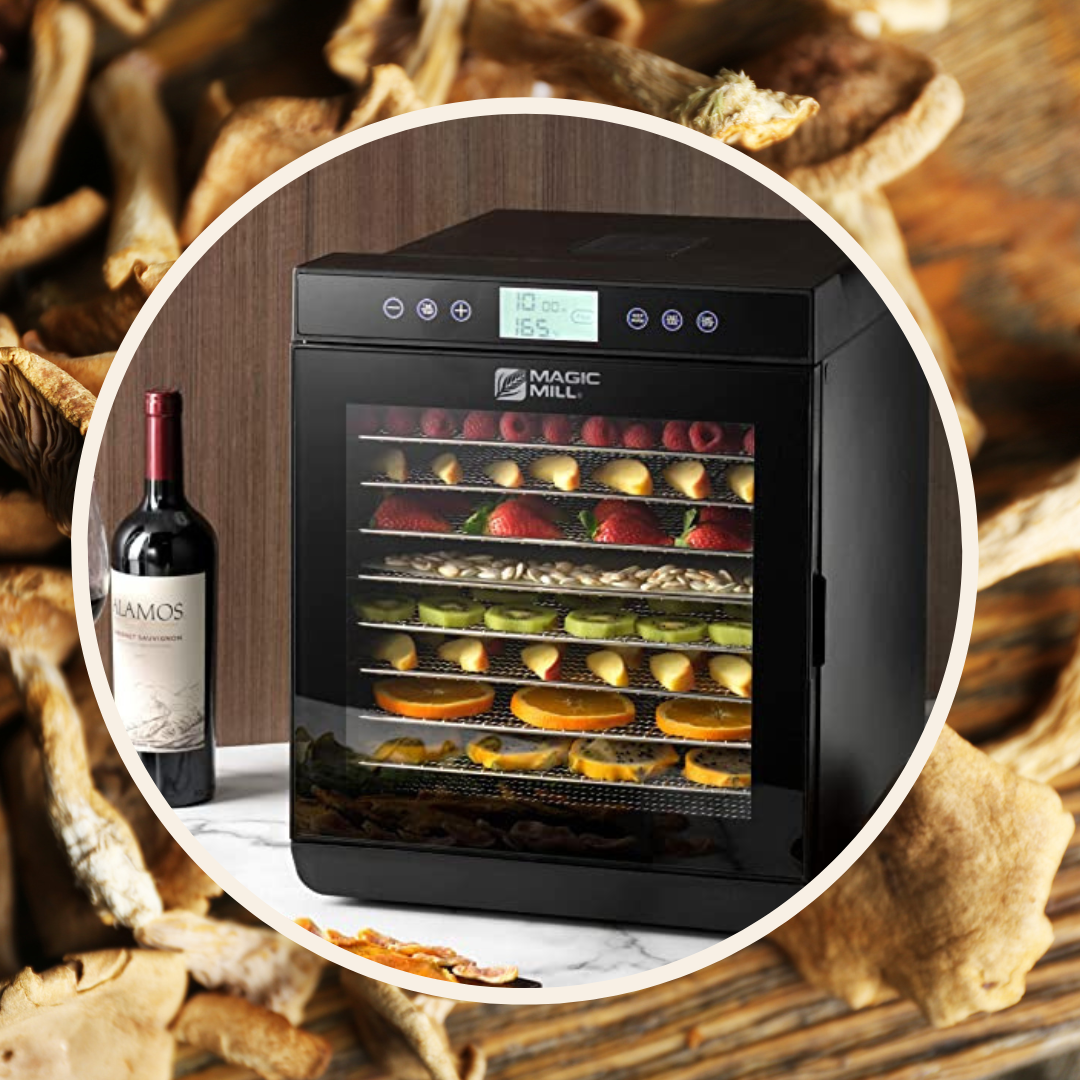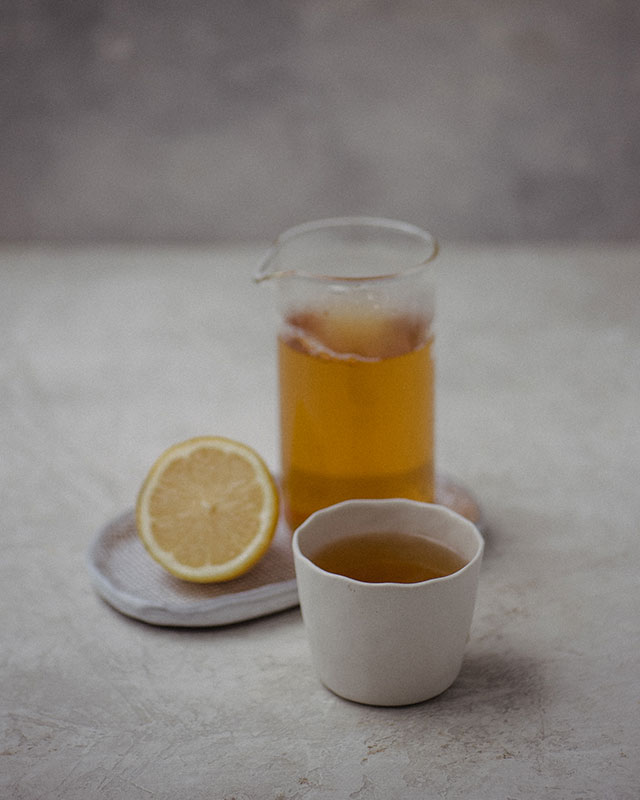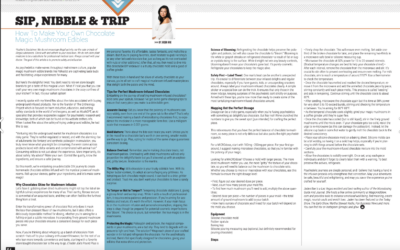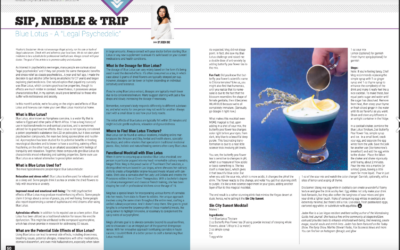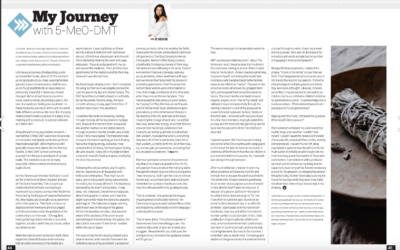The ultimate guide to mushroom extraction
At first glance, extractions may seem very complex and intimidating, but most extractions are a series of very simple steps.
You more than likely already perform extractions in your kitchen on a regular basis. Brewing coffee and tea are both perfect examples of simple hot water extractions. The ultimate goal is to extract what you want and leave behind the less desirable bits. For many people, the taste of mushrooms leaves a lot to be desired. Moreover, many people experience varying levels of stomach discomfort from mushrooms. The best way to consume mushrooms is to simply isolate the psychedelic alkaloids from the rest of the compounds that make up the mushroom fruit body.
Intro to Processing Mushrooms
Fresh versus dried, which is best?
Extractions can be done with both fresh and dried mushrooms. But because fresh mushrooms have a very limited shelf life, most people prefer extraction with dried mushrooms, as they are easier to preserve and store for later use.
There are several methods that you can use to dry out mushrooms. Whichever you choose, air circulation and heat will accelerate the process. Be careful, as excessive heat will slightly diminish the potency. Psilocybin loses potency at temperatures above 125°C/257°F.
For better results, use a dehydrator set at low temperatures, or a freeze dryer.

Dehydrating Versus Freeze Drying–Is It Worth The $$$?
Low heat dehydrators allow you to efficiently dry out your mushrooms in a reasonably short period of time, but their effectiveness at fully dehydrating fruits in one cycle is lacking. For just $45, you can purchase a basic food dehydrator that blows hot air up through the vertically-stacked racks. This will work fairly effectively, however a higher quality hydrator with horizontal airflow will more efficiently and evenly dry. The price on one of these units can range between $150-$700+.
In either case, their functions are basically the same:
Dry air passes over the surface of the mushroom fruit bodies, wicking moisture away from the body and into the air. The mushroom perspires and shrinks as the cells shed their water content.
Freeze drying mushrooms is an advanced technique that works by keeping the mushrooms very cold while simultaneously purging the air from the chamber, creating a vacuum that causes the frozen liquids inside the fruits to vaporize. This results in a perfectly preserved mushroom. They can then be stored in a dark, cool place with a low oxygen environment indefinitely. You could take a sample stored in ideal conditions and grow a clone of the fruit 100 years after it has fruited from the substrate. The drawback is that the cells of the mushroom are permanently in their fully-elongated shape. Without the moisture that gives the mushroom cells their elasticity, they become very fragile. This is subjectively a good thing, as it makes it even easier to reduce down to a powder. Aside from the delicate structure, freeze drying equipment will easily cost you $1,500+ and requires a working knowledge of how to properly operate and troubleshoot the equipment.
When working with dried mushrooms, it is important to keep the powder dry.
When pulverizing the dried fruits, friction is generated, which causes heat to build up, making a conduit for moisture.
To avoid this, it is best to work quickly through small batches. Manual processing like rough chopping, or crushing will generate less friction in contrast to mechanical methods, but with a little bit of care, you can produce a quality dried powder.
For consistent powder in a coffee grinder or blender, just add enough fruits to reach the height of the blades, run in 3-second pulses until you reach your desired coarseness. As you complete your batches, transfer the powder to a small glass container with some moisture absorbers and a lid.
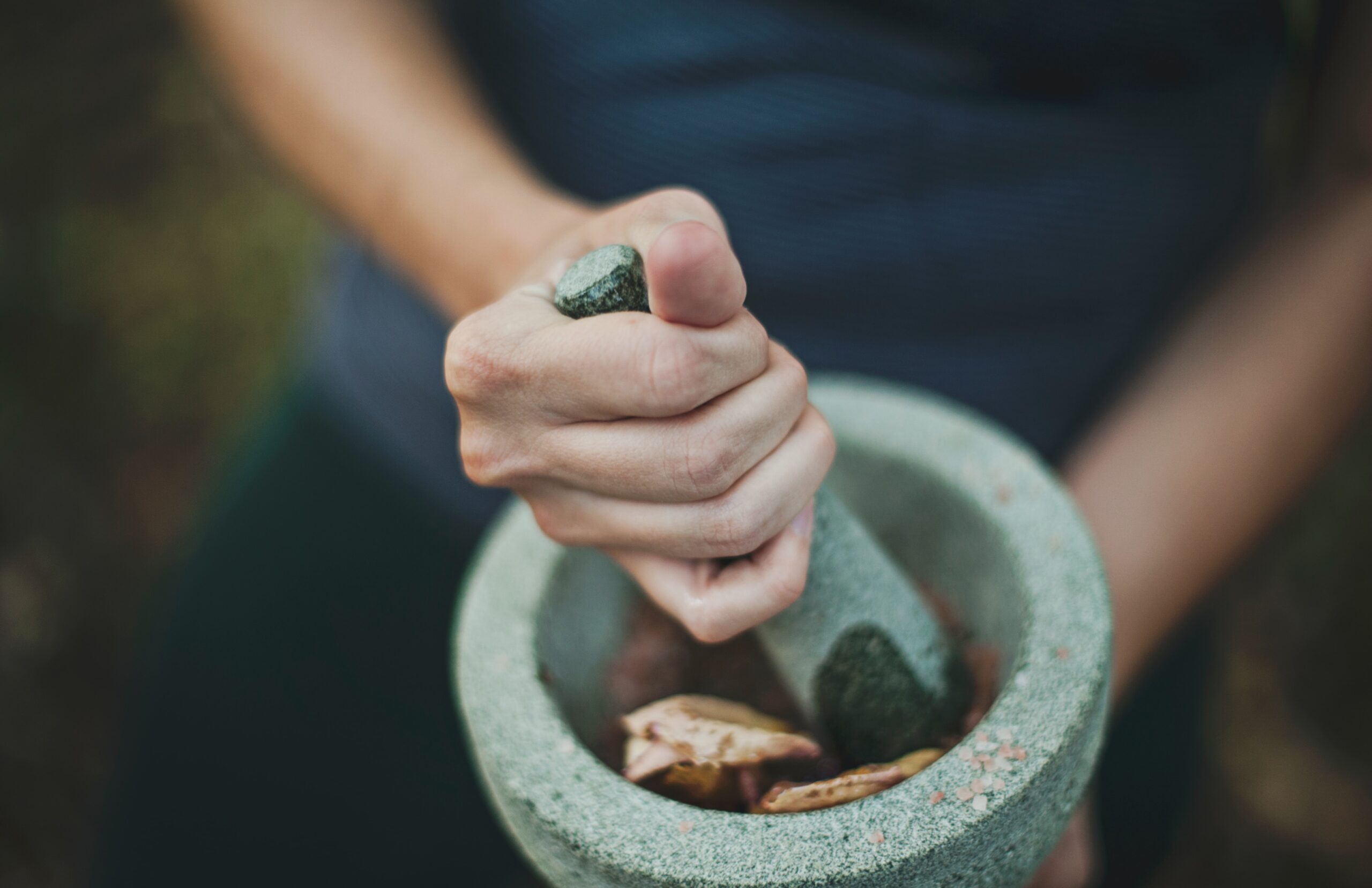
Dehydration Tips:
Drying mushrooms is fairly straightforward, but incredibly crucial to do correctly. Obviously, the dryer the better, and there are many variables that can affect the time it takes to become “cracker dry”. If mushrooms do not dry fully, they will start to grow mold. Mushrooms can vary in thickness, ranging from hollow straws to incredibly dense cylinders that seem more similar to a cheese stick than a mushroom stem. In addition, depending on the dehydrator, there may be inconsistencies in how evenly each shelf dries. We will cover a couple of methods for processing mushrooms prior to drying to aid in consistent results and then focus on methods of storage and preservation.
Check out the best tips for drying, after drying and storage below.

Before Drying
It’s important to remember that mushroom size ranges from tiny matchsticks all the way up to caps the size of a dinner plate. Oftentimes, your dehydrator will not be able to accommodate fruits that are too thick. If the mushroom has a very thick spongy stem, then you can use a wooden skewer. First, insert the skewer through the center of the stem, and guide it through the stem towards the cap. Make sure to do this in a deliberate and moderate speed, so you don’t accidentally go off course. After you have pierced through the cap, pull the skewer through then pierce the side of the stem all the way through. Lance the stem 2-4 times to allow the fruit to dry much more evenly. If the fruits are simply too big to fit comfortably in your dehydrator, then it’s time to slice them. The simplest way is usually to separate the cap from the stem. If the stem is incredibly thick, you can also cut it lengthwise.
After Drying
Once your mushrooms are finished drying, check to make sure that they are cracker dry by bending the stem. The stem should be rigid with an audible snap when it’s bent. If it’s not, you should let it dry longer. Once the mushrooms pass the dryness test, it’s time to condition them. Place the mushrooms in a mason jar with some silica packets. Fill the jar 50-60% full. Secure the lid tightly, hold the container at an angle and rotate it, listening for the plinking sound. Check on the jar daily for a week. If the jar continues to pass the plink test, then it’s ready for storage, or to be ground into powder. If the mushrooms start to have a more dull sound while tumbling, it’s time for the fruits to go back into the dehydrator.
Storage
Once you are ready to store your fruits longterm, the easiest way is to vacuum seal the dried fruits with a silica packet. When left in a dark and cool place, mushrooms will store well for years.
My Favorite Tools for Extraction
These devices truly make the extraction process so much easier!
Horizontal Food Dehydrator
The best hydrator to use is one that is horizontal. I love this dehydrator from Magic Mill that you can use for other fruits, vegetables and meats beyond mushrooms as well!

Coffee Grinder
I love this basic coffee grinder that I dedicate only for grinding mushrooms and nothing else! It works great, is stainless steel and is an inexpensive option from Black and Decker.

Vacuum Sealer
Investing in a good vacuum sealer will make your storage process easy and ensure the freshness of your dried mushrooms. This one is easy to use and ensures your mushrooms are airsealed.
Intro To Lemon Tek
What is Lemon Tek?
Lemon Tek is an extraction process that uses lemons to break down the active compounds of mushrooms so they can be more easily absorbed by the body.
Why Use Lemon Tek?
People often experience stomach discomfort while consuming trip-inducing doses, but find that a microdose will not bother them. Why is this?
To metabolize psilocybin, your body must first break it down and convert it into psilocin. The hard coating of the mushroom cell walls is called chitin and can be quite difficult for our stomachs to process, causing digestive discomfort. But citric acid breaks down chitin and preps the active compounds for easy stomach absorption. Lemon Tek is known to have much stronger effects to an equivalent dose of dried mushrooms, but the duration is 20-40% shorter than just consuming dried mushrooms.

Extraction Tek Methods
Browse the wide variety of extraction tek methods in our blog below! We cover everything from traditional lemon teks, water extraction, ethanol extraction methods and more! Take a browse below.
Extraction Tek Recipes
How To Make Your Own Chocolate Magic Mushroom Edibles – Vegas Cannabis Magazine September 2023
By Jaden Rae Disclaimer: We do not encourage illegal activity. Check with and adhere to your local laws. We do not claim psychedelics or plant medicine to be a substitute for professional medical care. Always consult with your doctor. The goal of this article is to...
Extending Your Psychedelic Afterglow – Vegas Cannabis Magazine September 2023
By Jaden Rae Disclaimer: We do not encourage illegal activity. Check with and adhere to your local laws. We do not claim psychedelics or plant medicine to be a substitute for professional medical care. Always consult with your doctor. The goal of this article is to...
Blue Lotus, A “Legal Psychedelic” – Vegas Cannabis Magazine August 2023
Blue Lotus, A “Legal Psychedelic” By Jaden Rae Disclaimer: We do not encourage illegal activity. Check with and adhere to your local laws. We do not claim psychedelics or plant medicine to be a substitute for professional medical care. Always consult with your doctor....
My Journey With 5-MeO-DMT – Vegas Cannabis Magazine August 2023
My Journey With 5-MeO-DMT By Jaden Rae Disclaimer: We do not encourage illegal activity. Check with and adhere to your local laws. We do not claim psychedelics or plant medicine to be a substitute for professional medical care. Always consult with your doctor. The...
The Easiest, Most Foolproof Way to Growing Magic Mushrooms – Vegas Cannabis Magazine July 2023
The Easiest, Most Foolproof Way to Growing Magic Mushrooms By Jaden Rae Disclaimer: We do not encourage illegal activity. Check with and adhere to your local laws. We do not claim psychedelics or plant medicine to be a substitute for professional medical care. Always...
DIY Cold Brew Magic Mushroom Coffee – Vegas Cannabis Magazine July 2023
DIY Cold Brew Magic Mushroom Coffee By Jaden Rae Disclaimer: We do not encourage illegal activity. Check with and adhere to your local laws. We do not claim psychedelics or plant medicine to be a substitute for professional medical care. Always consult with your...

